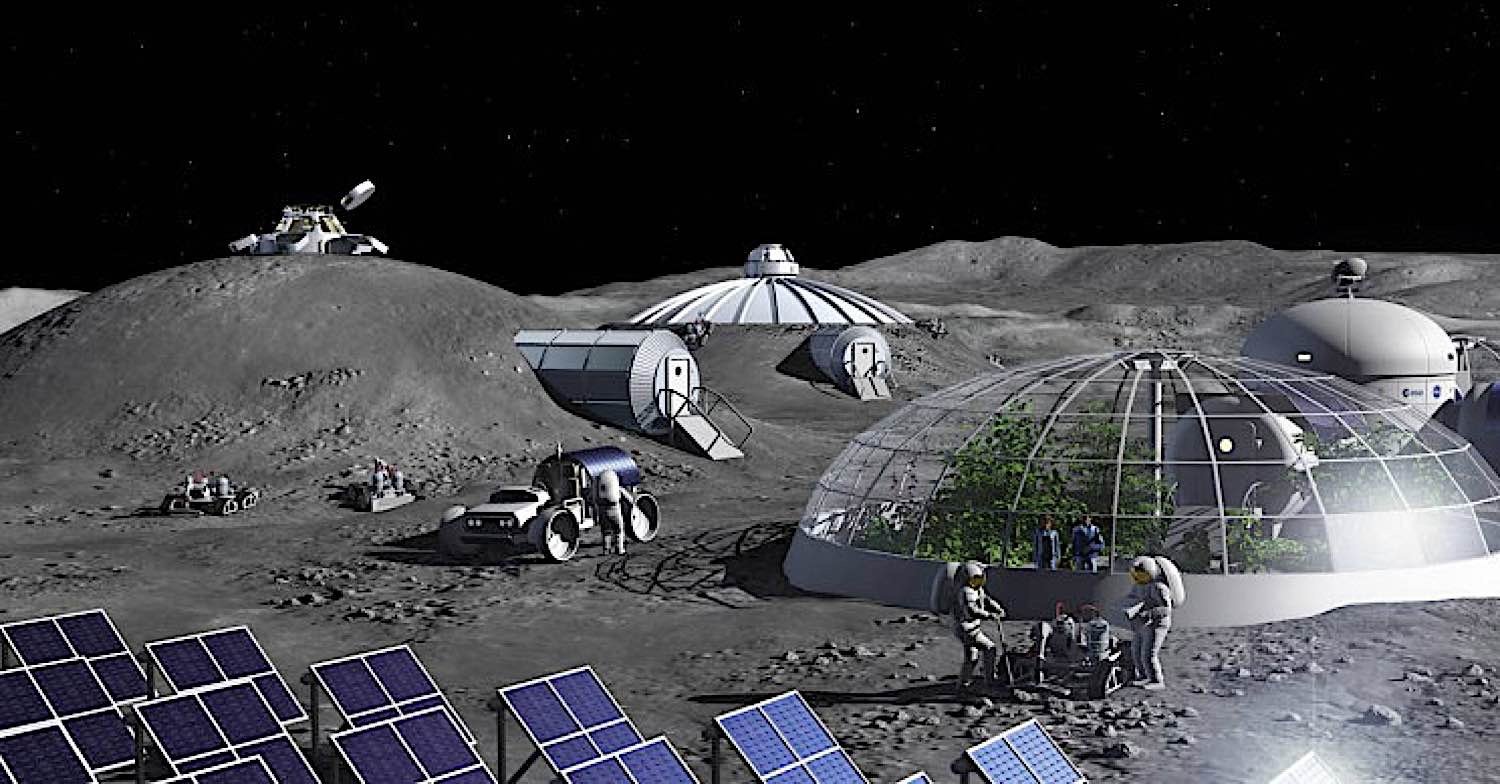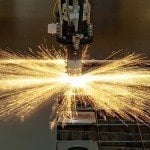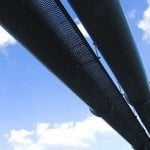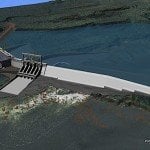Just like rudimentary inventions such as the wheel and boats enabled our ancestors to travel further away from their homes, technologies of the 21st-century promise to take humans farther away from Earth for longer periods. With over 50 years since Neil Armstrong landed on the Moon, advances in technology offer an invaluable opportunity not only to land again on the Moon but for large-scale lunar colonization and settlement in the future. One such technology is an oxygen plant being built by the European Space Agency (ESA).
Air from moon dust?
The oxygen plant being developed by ESA is one of a kind because it can make breathable air out of simulated moondust. The project is vital for future exploration to the Moon since it can be used to produce breathable oxygen using actual moondust.

According to Beth Lomax of the University of Glasgow, the ability to make oxygen from readily available “resources found on the Moon would be very useful for future lunar settlers.” The importance of this technology goes beyond breathable oxygen to include “local production of rocket fuel,” Lomax said in an ESA press release.
According to Lomax, “real lunar regolith is made up of 40–45% percent oxygen by weight.” Creating a system to extract oxygen from moondust is complicated by the fact that the oxygen is “bound up chemically as oxides in the form of minerals or glass.” To extract breathable oxygen requires highly advanced technology-driven by complex chemistry known as “molten salt electrolysis,” according to the ESA. The extraction of oxygen using the molten salt electrolysis method was posited and advanced by its inventor, Metalysis, a company from the UK.

Ironically, the company invented the method for commercial metal and alloy production, with oxygen being released as a by-product of the process. Lomax explained that oxygen being the unwanted end-product is problematic because it means that the reactors used in the system “are not designed to withstand oxygen gas.” To address this limitation, the system was redesigned to allow for accurate determination of the amount of oxygen produced with plans to upgrade it to enable capture and storage of the oxygen produced.
Pilot plant for the moon
The first step towards making oxygen from moondust a reality is designing “a pilot plant that could operate sustainably on the Moon,” according to ESA research fellow, Alexandre Meurisse. The designing phase of the pilot plant facility has already been accomplished and is operational, with the focus shifting to fine-tuning. During the fine-tuning phase, researchers are hoping to design a version of the system developed by Metalysis that can not only fly to the Moon but also operate effectively under the harsh environmental conditions on the Moon. For one, the system’s operating temperature has to be reduced to enhance its effectiveness, according to the ESA research
Based on the current pace and trajectory of the project, the team expects to deliver the technology for its first demonstration by mid-2020s. Even though the target is ambitious, ESA and NASA are already making plans for crewed missions back to the Moon “intending to stay” for longer, said the Head of ESA’s Structures, Mechanisms and Materials Division, Tommaso Ghidini. To increase the pace of progress, ESA has also brought into fold experts from the Human and Robotics Exploration Directorate and other relevant professionals from various sectors, industries, and academia. With concerted efforts, Ghidini believes that the project can be extended beyond enabling sustained human presence on the Moon to include Mars.
It is undeniable that our aspirations and accomplishments are only limited by our ingenuity and innovativeness in exploiting available resources and technologies.

































